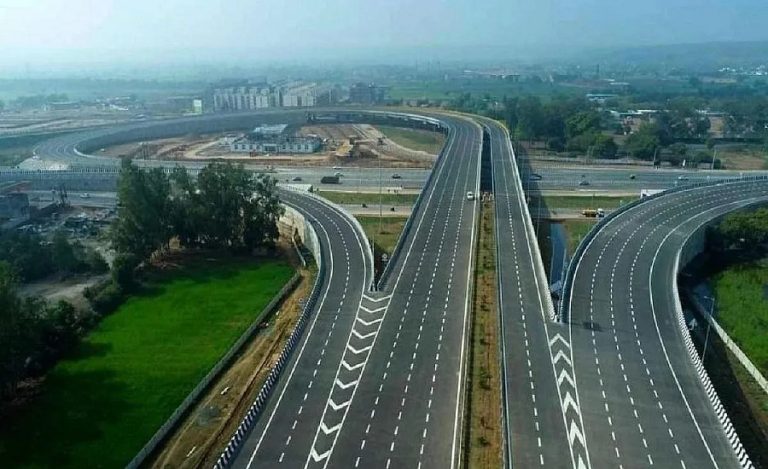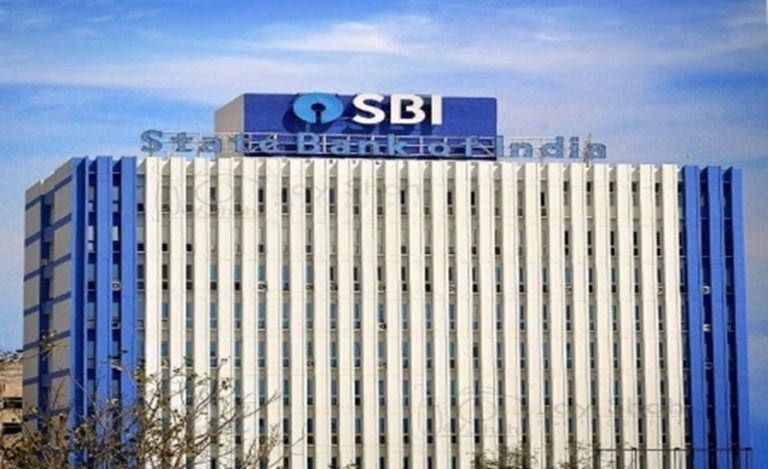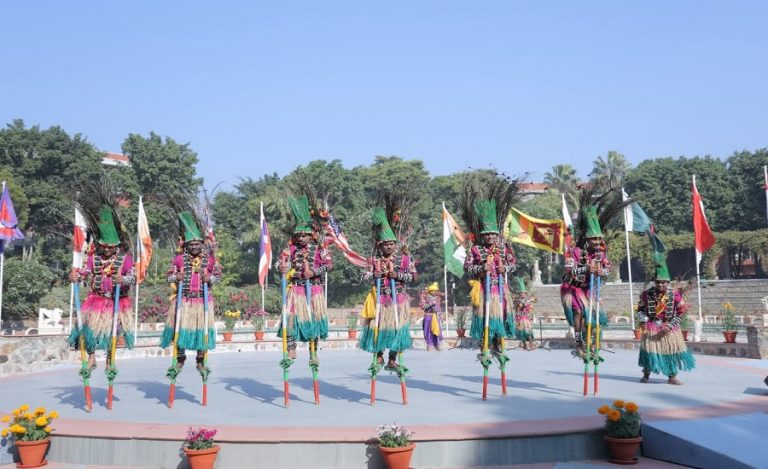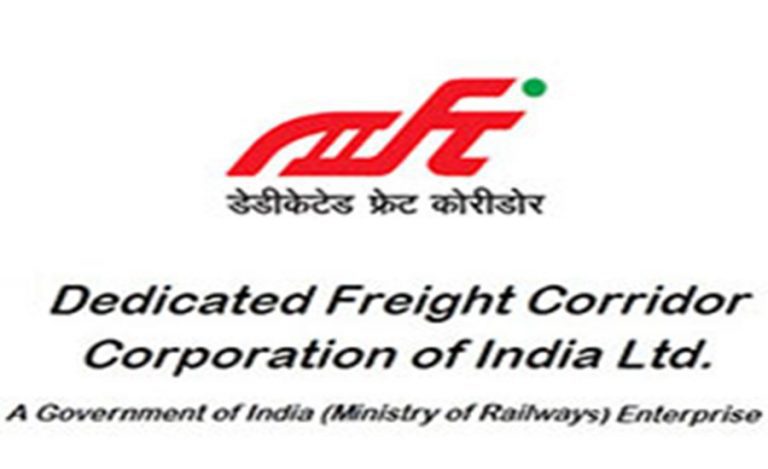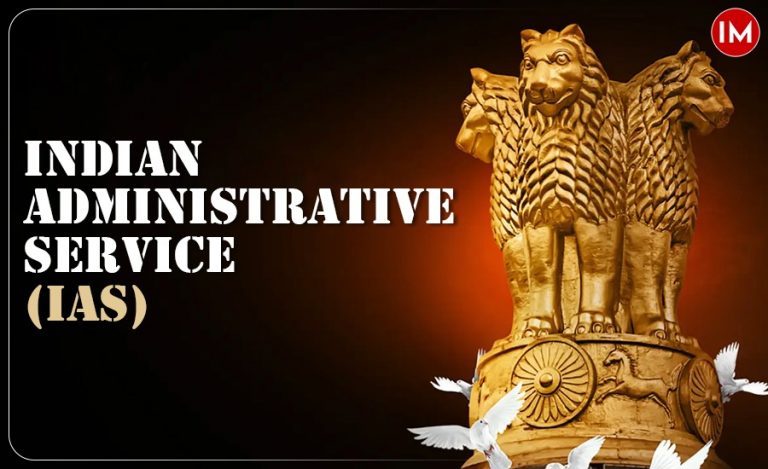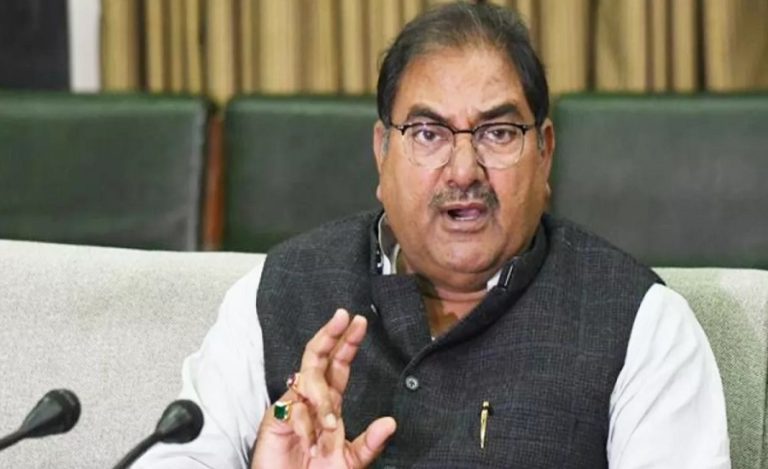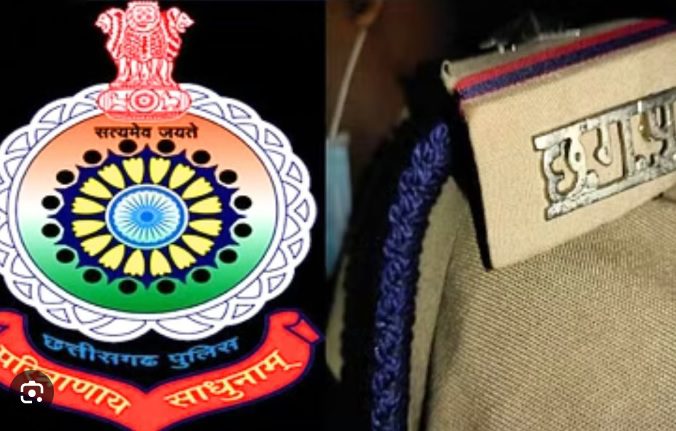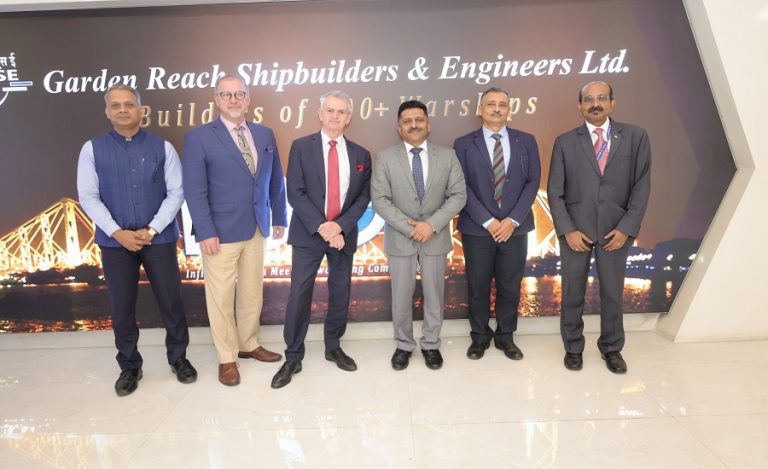Delhi’s air pollution woes show no signs of abating, with the capital once again recording hazardous air quality levels. Despite ongoing initiatives by the Delhi government to control emissions and curb pollution, the city continues to struggle against toxic smog. This persistent challenge has now reignited discussions on urban environmental management and policy effectiveness.
Former IAS Officer L.V. Nilesh Sparks Online Debate
Former IAS officer Mr. L.V. Nilesh recently triggered a heated discussion on social media platform X by comparing Delhi’s polluted skies with the pristine air of the United States, where he currently resides. Sharing two contrasting photographs—one depicting Delhi’s hazy skyline and another featuring himself against the clear backdrop of Mount Rainier National Park—Mr. Nilesh captioned the post, “See the clear difference.”
The post, viewed over a million times, vividly highlighted the environmental disparity between urban India and developed nations.
If I hadn't left India, I would have had to live and breathe in this mess otherwise known as the North Block Secretariat.
— LV Nilesh (@LVNilesh) November 2, 2025
Note the stark contrast. 🤯 https://t.co/vBKuC0Te7p pic.twitter.com/GHUUtJfQNQ
Public Reactions: Divided Opinions Flood Social Media
Mr. Nilesh’s post received strong reactions from users across India. One commenter wrote, “It’s easy to criticize from another continent. You left the country, but millions of us breathe this air daily.” The user further invoked civic responsibility, saying, “Don’t ask what your country can do for you; ask what you can do for your country.”
Another user remarked that overpopulation remains Delhi’s primary environmental issue, linking rapid urban growth to increased emissions and reduced air quality. Yet another sharply criticized Mr. Nilesh’s remarks, stating, “Your verbal pollution is worse than the current AQI.”
Developmental Concerns: A Call for Policy Reform and Public Accountability
While the online debate continues, the issue underscores a broader developmental challenge. Experts emphasize the urgent need for sustainable urban planning, stricter emission control, and citizen awareness to combat Delhi’s pollution crisis. Bureaucrats and policymakers are being urged to integrate long-term environmental goals into the city’s developmental framework.
Towards a Cleaner Future
The debate around Mr. Nilesh’s post reflects not just public sentiment but also the urgent call for systemic environmental reform. Delhi’s pollution is not merely a seasonal issue—it is a developmental and governance challenge demanding coordinated action from government bodies, civil society, and citizens alike.
Also Read: Who Is IAS Ashwini Bhide, Hailed as a Role Model for Mumbai Metro Transformation by Anand Mahindra?


